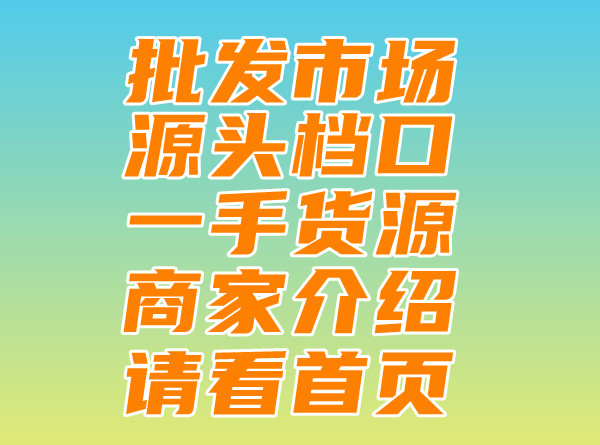What Is 1:1 Luxury Replica?
What Is 1:1 Luxury Replica?,
One-to-One Replication of Luxury Goods: An Examination of the Phenomenon
In the contemporary world, the pursuit of luxury goods has become a global phenomenon, driven by the desire for exclusive and premium-quality items. However, with the rise in popularity of one-to-one replication of these luxury items, the concept of authenticity has become increasingly complex and controversial. This article delves into the world of one-to-one luxury goods replication, exploring its origins, the underlying motivations, and the impact it has on the luxury industry.
What is One-to-One Replication?
One-to-one replication of luxury goods refers to the practice of creating exact replicas of genuine luxury items, often down to the smallest detail. This includes imitating the materials used, designs, branding, and craftsmanship of original products. The main goal is to replicate the luxurious experience without paying the high prices associated with genuine luxury goods.
Origins and Motivation
The phenomenon of one-to-one replication has its roots in consumer demand for exclusive items. As the gap between high street fashion and luxury fashion grew increasingly larger, consumers with limited budgets desired to possess pieces that looked as though they were from high-end brands. This led to a surge in demand for replicas that offered a cost-effective alternative to genuine luxury goods.
Moreover, social media and online platforms have played a pivotal role in normalizing the practice of wearing replicas. Influencers and celebrities often wear replica pieces that are difficult to distinguish from genuine ones, further perpetuating this trend.
Impact on the Luxury Industry
The rise of one-to-one replication has undoubtedly affected the luxury industry. While it initially might seem as though this could harm sales, some argue that it actually creates brand awareness and drives curiosity among consumers who might not have considered purchasing luxury goods before.
However, there is also a downside. The proliferation of low-quality replicas can tarnish the reputation of genuine luxury brands by tarnishing their image and quality standards. Furthermore, consumers who purchase replicas may miss out on the exclusive experiences and craftsmanship associated with genuine luxury goods.
Conclusion
In conclusion, one-to-one replication of luxury goods is a complex phenomenon that reflects consumer desires for exclusive yet affordable items. While it might drive sales awareness in the luxury industry, it also poses a challenge to maintaining brand authenticity and quality standards. As consumers become more aware and discerning, they will demand genuine experiences that align with their values and perceptions of luxury.

- "Retro Replicating Magic: The麦迪动作包 Revival"
- LV Tote Bag Replica Prices: The Ultimate Guide to Buying a Quality牛角包 注:这个标题包含了关键词“lv牛角包复刻价格”,并且使用了规范的英语书写和地道的用词。希望可以满足您的需求。
- Title: "Guangzhou Bag Replicas: Embrace the腋下包 Trend" 这个标题简洁明了,准确地描述了主题,并且符合英文表达习惯。关键词“广州包包复刻”翻译为“Guangzhou Bag Replicas”,而“腋下包”趋势则通过“Embrace the 腋下包 Trend”来体现。
- "Replicate Chic: Chain Bags Trending Sensation"
- "How to Replicate Convenience Flour Packages: A Guide to Making Instant Flour Bags"
- Small Charming Balloon Bag Replica by Chanel Style复刻小香金球包新风尚
- Guangzhou's Dior Saddle Bag Replica Revolution
- Guangdong Replica Bags Market: A Closer Look


